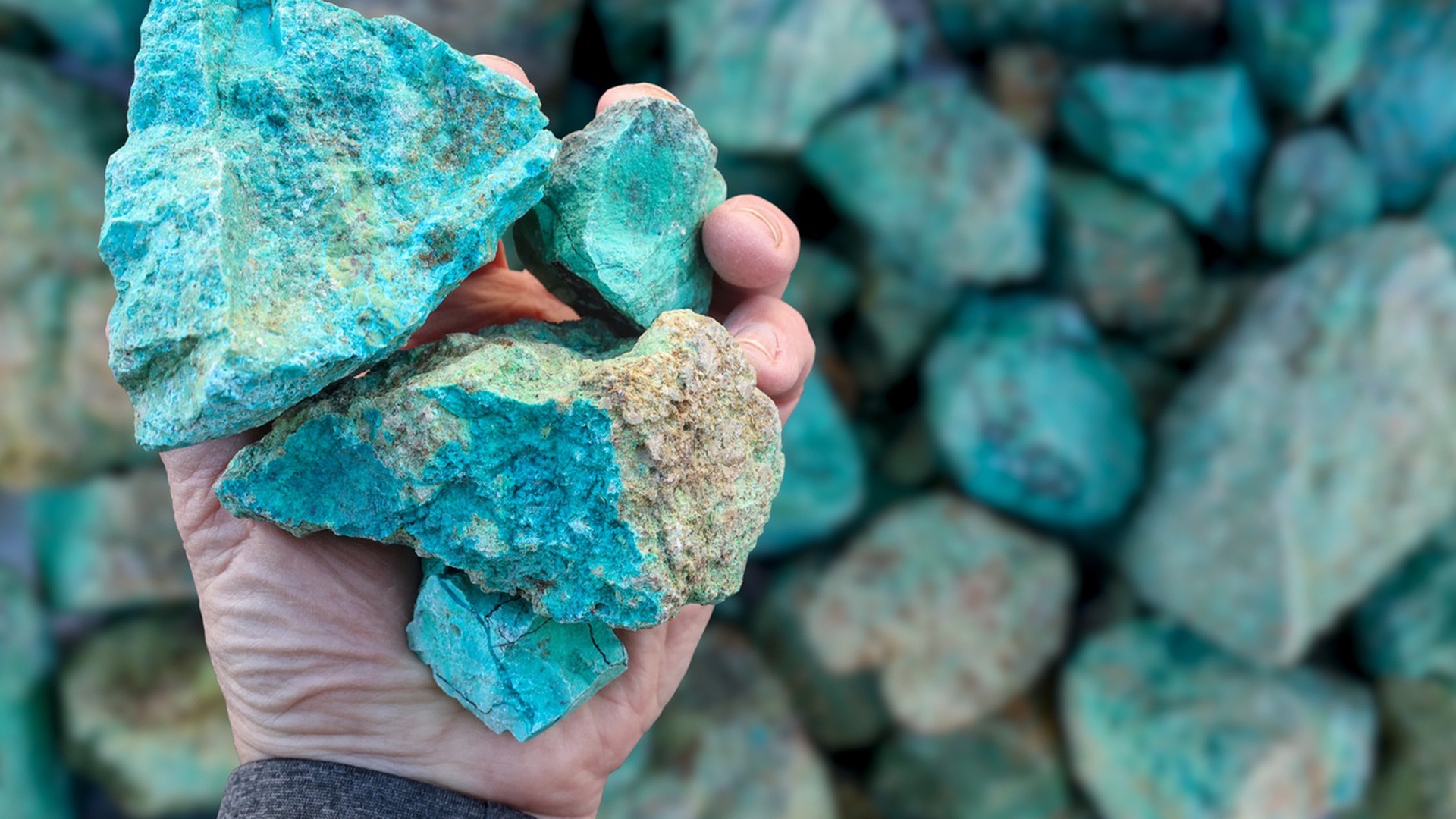

The global rare earth supply chain is facing an unprecedented disruption due to ongoing conflict in Myanmar, where the Kachin Independence Army (KIA) has taken control of critical mining regions. Myanmar is a key supplier of rare earth elements, crucial for the production of electric vehicles, wind turbines, and defense systems. The KIA's control over Myanmar's Kachin State, home to some of the world’s richest rare earth deposits, threatens to severely affect the global market, driving prices up and creating supply shortages.
The KIA’s insurgency has significantly impacted Myanmar’s mining sector, particularly in the Chipwi, Tsawlaw, and Pangwa areas. The rebel group's control over these vital mining hubs, combined with its ability to halt mining operations, has caused a sharp decline in the country’s rare earth exports to China, the world’s largest consumer of these materials. As a result, prices for key rare earth elements like terbium and dysprosium, both critical for electric vehicle motors and high-performance magnets, have surged dramatically. The disruption has driven the price of terbium oxide up by 21.9% between September 2024 and March 2025, and dysprosium oxide prices have also soared to their highest levels since 2022. These sharp increases reflect the growing concerns over the availability of these essential materials.
Myanmar’s strategic importance in the rare earth market cannot be overstated. It is responsible for 11% of the world’s rare earth production, making it the third-largest producer globally, after China and the United States. More importantly, Myanmar accounts for more than 50% of China’s feedstock for heavy rare earth elements such as terbium and dysprosium, which are indispensable for industries such as electric vehicles and military technology. With Myanmar's mining operations now in turmoil, global supply chains are under strain, and companies dependent on these rare earths are feeling the pressure.
The KIA’s actions have intensified political and economic tensions, especially between Myanmar’s military regime, China, and global markets. While China has historically supported Myanmar’s military government for strategic reasons, including access to its natural resources, the insurgency has complicated Beijing's position. In response to the KIA’s control of key mining regions, China has blocked shipments passing through rebel-controlled areas, creating an additional bottleneck for global rare earth supply. China has also faced significant domestic pressure as its own industries rely heavily on these materials, not only for domestic production but also for exports to third countries.
The disruption in Myanmar's rare earth production is also having ripple effects on global markets. As the supply from Myanmar dries up, companies are forced to scramble for alternative sources, which may not be sufficient to meet the rapidly increasing demand for rare earths. The geopolitical instability, paired with the technical challenges of sourcing these minerals from other regions, has sent prices spiraling and added volatility to the market. Even with China’s dominance in rare earth processing, it cannot fully compensate for the lost supply from Myanmar, particularly for the heavy rare earth elements critical to next-generation technologies.
In addition to market instability, the situation in Myanmar raises environmental and social concerns. Reports suggest that the country’s mining activities, largely driven by armed Chinese-backed groups, have caused significant ecological damage. The mining operations have led to deforestation, water contamination, and the displacement of local communities. These environmental impacts have further complicated the political situation, with the KIA’s insurgency seen as part of a broader resistance to exploitation by both the military regime and external actors. The KIA’s control over the mining hubs means that these issues could become more pronounced, as the rebel group’s actions may exacerbate the existing challenges in the region.
As Myanmar’s rare earth production remains under siege, the global market is left grappling with uncertainty. The increase in prices and the potential for further disruptions in supply could force industries that depend on these critical materials to look for alternative sources or turn to rare earth recycling technologies. However, the complexity of rare earth extraction and processing means that alternative sources may not be immediately viable, especially for the high-performance elements needed for the green energy and defense sectors.
Looking ahead, the geopolitical situation in Myanmar is likely to continue driving volatility in the rare earth market. The KIA’s control over key mining regions, and the military regime’s diminishing authority, suggest that the instability could persist for some time. The situation in Myanmar highlights the fragility of global supply chains, particularly for materials that are concentrated in politically unstable regions. As countries and industries become more aware of the risks posed by Myanmar’s conflict, there will likely be increased efforts to develop alternative rare earth sources, whether through domestic mining or enhanced recycling efforts. Until then, the global market will remain at the mercy of geopolitical tensions and the unpredictable trajectory of the conflict in Myanmar.